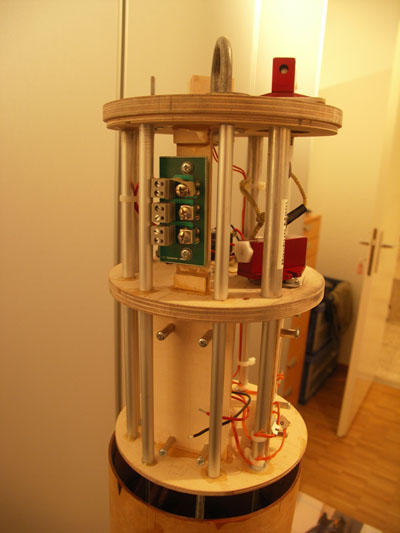James Bond
Member
- Joined
- Sep 26, 2007
- Messages
- 13
- Reaction score
- 0
I am working on my electronics for my Loc 7.5 R2 Variant of the V2 in-between sandings. This is my first big rocket with electronics. I have an ARTS 2 and a Perfectflite HA45 that I will use. I am also planning on using 2 separate NoMatch systems for ejection. My plan is to push a drogue out at apogee and use a chute tamer to unfurl the main. I know, I know, where is my backup for the chute tamer but I am still working that part out.
My question is more about the ON/OFF switches. I guess I will need an on/off switch for each altimeter. Should I have an on/off switch for the NoMatches? If so, a separate switch for each for a total of 4 on/off switches. What kind of switches and where can I get them? I need to switch on and off at the launch pad so I must have outside access to them. I have no soldering skills what so ever so it has to be idiot proof. Please share your experiences and recommendations.
Thanks in advance,
Shaken, not stirred sometimes with a lemon peel
007
My question is more about the ON/OFF switches. I guess I will need an on/off switch for each altimeter. Should I have an on/off switch for the NoMatches? If so, a separate switch for each for a total of 4 on/off switches. What kind of switches and where can I get them? I need to switch on and off at the launch pad so I must have outside access to them. I have no soldering skills what so ever so it has to be idiot proof. Please share your experiences and recommendations.
Thanks in advance,
Shaken, not stirred sometimes with a lemon peel
007






